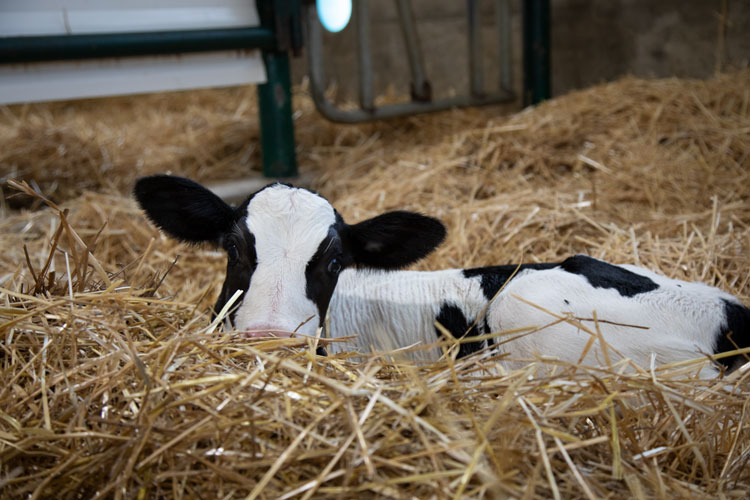
It’s getting colder outside and with that change comes temperature challenges for young calves. We’ve written before on the importance of bumping up solids intake for calves during the winter, but we can also improve calf performance by strategizing for better care during the wool-cap season.
A recent article by Sarah Morrison in the Miner Institute Farm Report outlined a few of those considerations.
Immediately after birth, calves need to be dried off and warmed up as quickly as possible. Calves have very small fat reserves at birth, and they often need external heat support to stay warm. Toweling calves off and getting them into a warming box can be a great strategy for getting calves off on the right foot.
Check for proper solids content in the calf milk, but also ensure that the milk or milk replacer is fed at the proper temperature. “Make sure every liquid meal a calf gets is at or just above body temperature (target 105°F) when a calf is consuming that meal,” Morrison said.
Along with milk or milk replacer at a proper temperature, offer starter early in the calf’s life. Starter can jumpstart the rumen and help the calf generate more heat.
The final consideration for keeping calves healthy in the cold is bedding. Make sure the bedding is deep enough for the calf to be able to nestle in. Dry straw is ideal. Provide an extra layer of protection from the cold by placing calf jackets on the younger animals. Morrison reminded farmers to ensure that there are enough calf jackets for the number of calves expected.
Among the winter preparations you make this year, make sure you think of the youngest critters on the farm and how they are affected.








